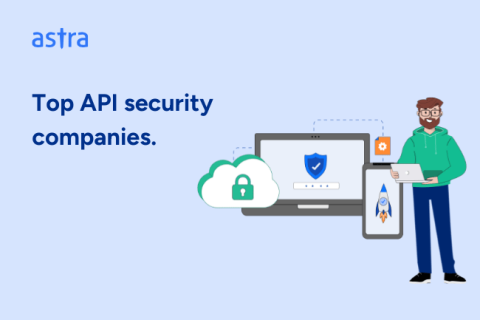Functional vs Non-Functional: System Testing Basics
The testing world has its share of controversies, including the discussion between functional Vs. Non-functional testing. Despite their different goals, these two testing methodologies are required to develop quality software. In the current world of digital envy, the balance between functional and non-functional testing is the difference between application success and failure. This article highlights their differences, importance, practical examples, and how they supplement each other to provide a complete coverage of software quality assurance.











